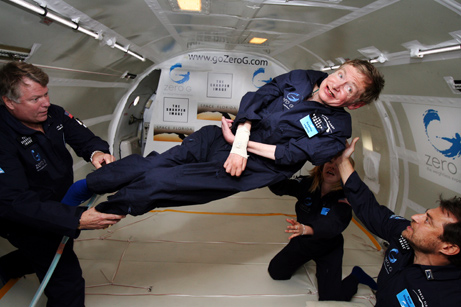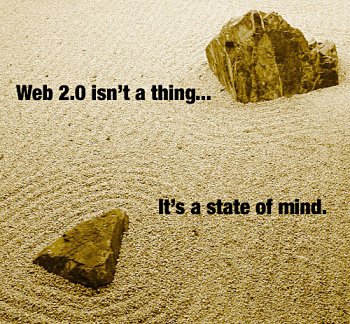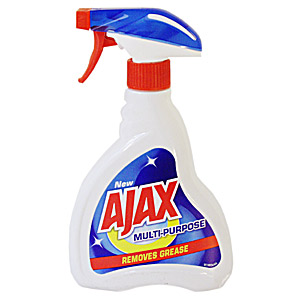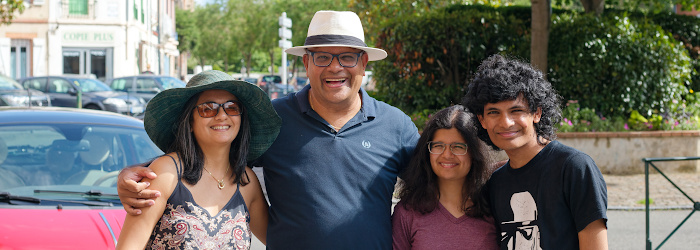This slideshow is the winner of the World’s Best Presentation Contest at SlideShare. It was created by Jim Brenman.
It’s fascinating… and a little bit frightening.
This slideshow is the winner of the World’s Best Presentation Contest at SlideShare. It was created by Jim Brenman.
It’s fascinating… and a little bit frightening.

While perusing Monday’s edition of L’Express, I came across two interesting news items.
Cambridge teaches us how to teach and learn
For a long time, we, Mauritians, have studied by “doing” past-papers. We do that at CPE level, SC level, at HSC level and, perhaps, at University level.
This is bad according to Cambridge International Examinations of the University of Cambridge. In this L’Express article , CIE says:
“[…] le recours massif aux questionnaires des éditions précédentes serait anti-pédagogique. Selon le MES et CIE, cette pratique inciterait à  apprendre par coeur au lieu de véritablement connaitre le sujet examiné.”
Now I understand why some University students still try (sorry, it’s not possible to do that at tertiary level…) to learn what we teach them by heart. Heck, some students try to learn C or Java programs by heart. It’s because that’s how they have (more or less) always learned.
We need to do something in Year I to address that. We need to introduce some kind of “How to learn and succeed at University” module!
Poor, poor Mrs Toorab

Another beautiful article caught my eye.
It is an article on this pathetic decision of the Ministry of Education to ask all primary teachers to use correction fluid (tippex, blanco, …) to “correct” prescribed books used by 5 years old kids where it is said that one Mrs Toorab is wearing a swimming suit.
The books are then supposed to be checked by the school master who has to send a report to the Ministry.
I don’t like this situation at all. Instead of focussing and wasting resources on such trivial issues, the Ministry should focus its energy to understand what CIE is telling us and how far we are from a good (I’m not saying perfect) education system and do something about it.
Mauritius is small. We don’t have oil or gold. We only have our brains. It’s a crime to destroy the creativity of thousands of little Mauritians every year with our poor education system. And it’s killing our economy too.
About the first photo
This is a photo of Stephen Hawking that I found in an article in National Geographic.
In the photo, he is having fun in a zero gravity plane (i.e. he is experiencing something that astronauts feel – weightlessness) even though he is almost completely paralyzed…
He is one of the greatest scientist and philosopher living today. I am a big big fan of him. I even have two of his books.
He is currently the Lucasian Professor of Mathematics at the University of Cambridge.
I suppose he didn’t study by “doing” Cambridge past-papers when he was younger :-)
PS: I’ll talk of AJAX in my next post :-)

Easy. Just read the official definition by Tim O’Reilly.
In a nutshell (and as presented beautifully by Andy Budd and from where I got this beautiful photo), Web 2.0 is not a new technology or a new framework. Rather Web 2.0 is a new way to think of web applications.
Principle #1: The Web as a Platform
Web 1.0 was a collection of static HTML files. Web 2.0 is full of computer-generated dynamic pages which are available using web services technologies such as SOAP and REST.
More pragmatically, in Web 2.0, every single item of information can be requested (if that information is public of course) using either a function call or by GETting a URL.
Personally, I find the REST model the way of the future and, for example, Google has deprecated SOAP.
Principle #2: Harnessing Collective Intelligence
Web 2.0 is based on open standards and encourage people to contribute their personal data. Based on the contribution of thousands of people, Web 2.0 websites derive extremely valuable information that cannot be guessed (or calculated) otherwise.
One example is Last.fm. Each time someone listens to a MP3, a small bit of data is sent to this application (if the person has installed the required software of course). After some time, Last.fm can build detailed statistics about the popularity of artists.
What’s extremely cool about Last.fm is that it also correlates users i.e. it tells me who listens to music similar to what I like. And, through this network of “friends”, I can discover new music.
Another notable example is Wikipedia which has become, through contributions by normal persons, one of the best sources of information on the web. I use Wikipedia daily to prepare my University lectures :-)
To summarize, Web 2.0 applications use contributions from users to derive collective knowledge which is openly available.
Principle #3: Rich User Experience

Web 2.0 applications work in a browser but feel like desktop applications. Examples are GMail and Flickr Organize.
Those are examples of AJAX applications.
Many Web 2.0 applications are being built using the Ruby on Rails framework which I’m currently learning. Of course, one can also use JavaScript which is an extremely powerful programming language.
I’ll write on AJAX in my next post.
